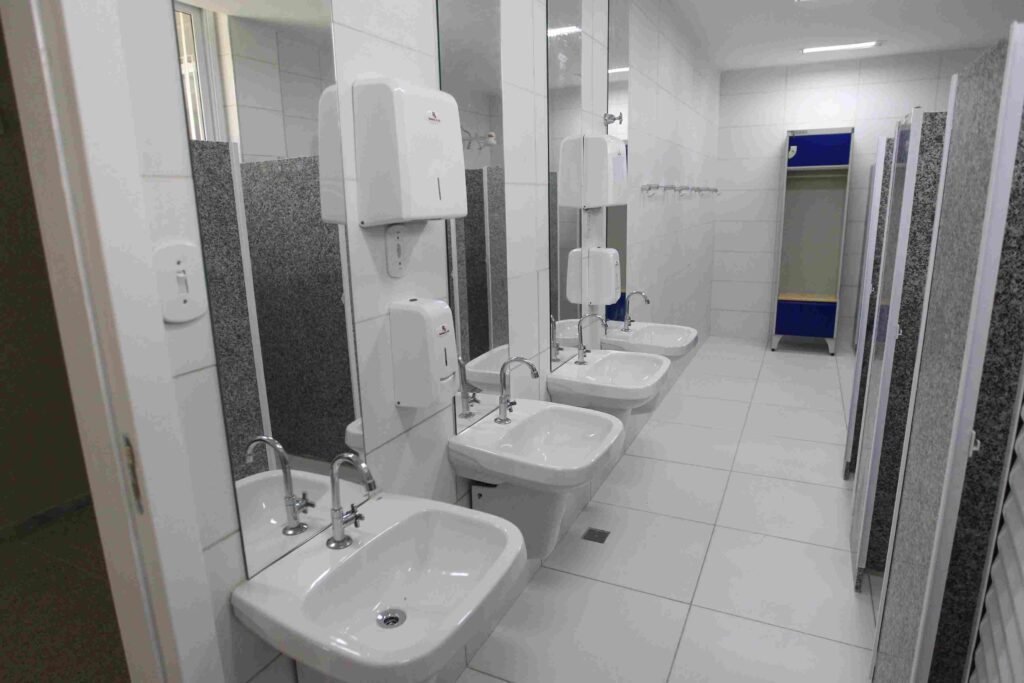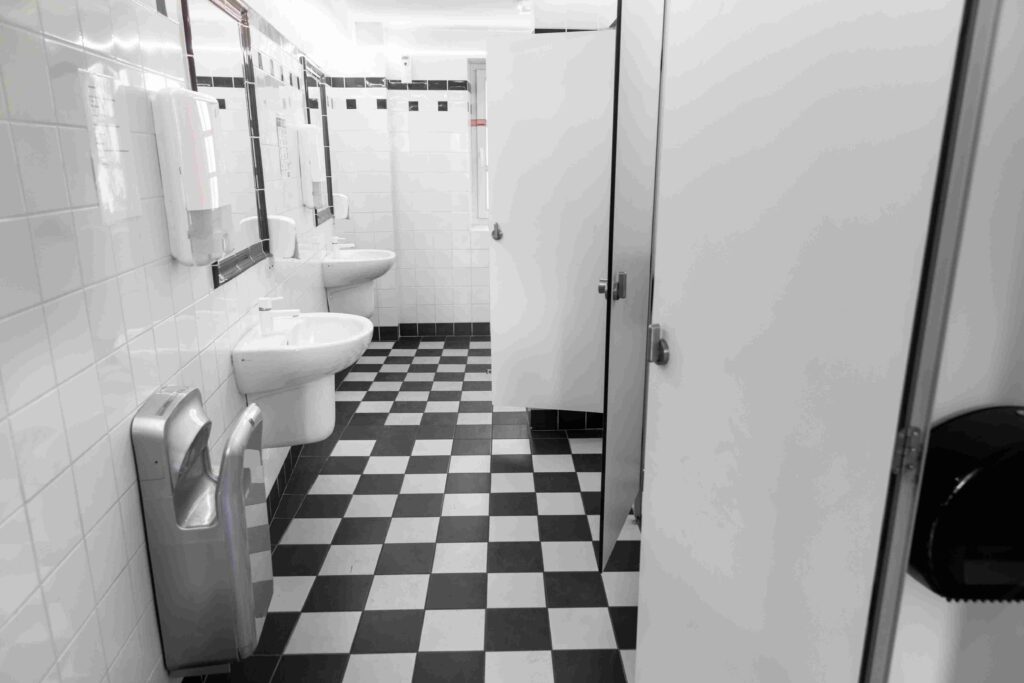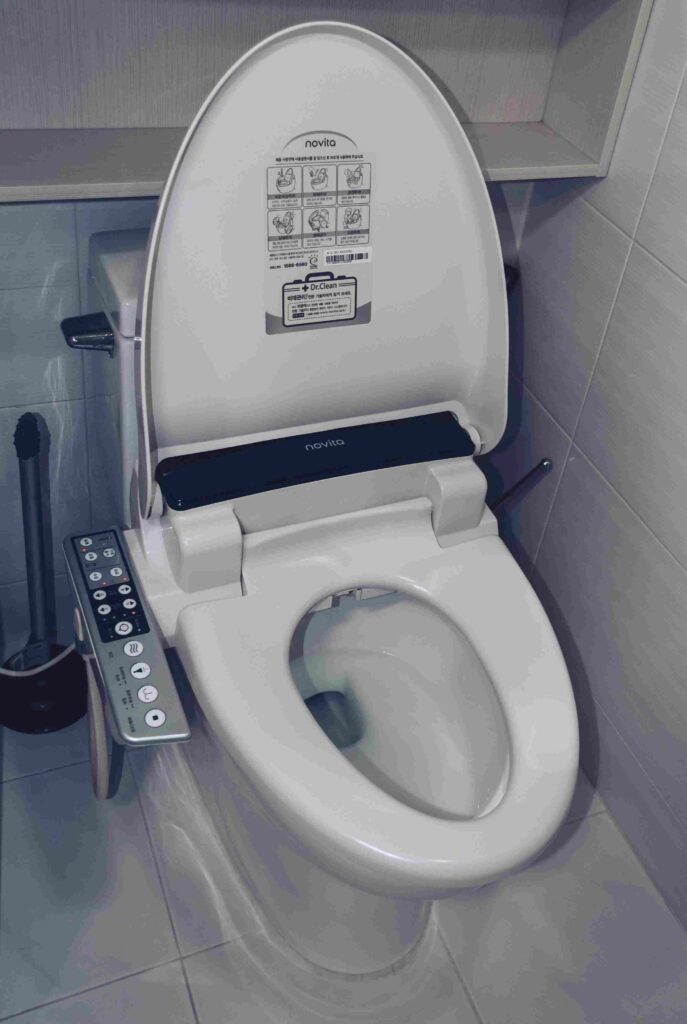
Today, a well-maintained and water-efficient common washroom is recognised as a critical component for operational efficiency, hygiene and water conservation, contributing significantly to employee welfare and broader environmental, social and governance (ESG) objectives, says Sitanshu Shekhar Singhdeo, VP – Facility Management, Brigade Group. How to get the difference? Read on…
Modern water-efficient fixtures, such as low-flow toilets, sensor taps, and timed flush systems, have substantially reduced utility costs. With rising water prices and ageing infrastructure, outdated plumbing is no longer merely inefficient; it is a considerable financial burden. Smart systems now monitor usage in real time, automatically detect leaks, and minimise downtime, ensuring seamless operation.
The shift is also driven by tighter environmental regulations and building certifications like LEED and WELL, which have transformed water efficiency from a mere sustainability aspiration into a compliance necessity. Commercial properties are under increasing pressure to demonstrate responsible resource management, and high-efficiency washrooms offer a readily achievable pathway to meet these benchmarks.
Touchless fixtures, antimicrobial surfaces, and advanced air purification systems are now standard in high-traffic commercial washrooms. Beyond regulatory compliance, these upgrades significantly boost tenant satisfaction. For occupants and tenants, well-kept facilities are pivotal for attracting and retaining workforce talent. Investors increasingly view washroom quality as a key component of a property’s long-term value.
Challenges in Maintaining High Standards
Ensuring consistent, high standards of maintenance and hygiene in high-footfall washrooms across multiple facilities in India presents unique challenges, particularly due to varying local conditions and resources.
Access to a reliable water supply, quality cleaning materials, and skilled maintenance staff varies considerably across regions. In remote or semi-urban locations, even fundamental infrastructure can pose a significant hurdle.
Consistent usage habits are hard to enforce across different sites. A lack of awareness or training amongst workers can swiftly undermine even the most advanced washroom systems.
Managing third-party cleaning and maintenance teams across multiple locations is inherently challenging. Standards often decline due to inconsistent supervision, poor accountability, or a scarcity of local expertise.
Older buildings or retrofitted properties may not inherently support modern plumbing, touchless systems, or efficient water setups, making upgrades either costly or impractical.
India’s diverse climate, characterised by varying humidity, dust levels, and extreme temperatures, can impact both washroom cleanliness and the lifespan of fixtures and fittings. Without digital tools or centralised reporting, real-time monitoring of hygiene levels across multiple sites becomes arduous. Manual audits are often inconsistent and labour-intensive

Innovations Driving Change
Corporates are increasingly adopting innovative technologies or management practices to overcome these challenges, especially in the areas of water conservation and advanced hygiene solutions.
Waterless urinals conserve thousands of litres of water per urinal annually, require minimal maintenance, and are ideal for high-traffic, water-scarce areas.
IoT-based water management systems provide immediate alerts for leaks, significantly reducing water loss and downtime. The captured data also helps optimise usage patterns and facilitates proactive maintenance planning.
Aerator sensor taps cut water use by up to 60% per tap, simultaneously enhancing hygiene by eliminating touch points.
Centralised digital maintenance platforms ensure consistent hygiene across various locations, standardise vendor performance, and reduce the need for manual oversight, streamlining management.
Greywater recycling systems help reduce freshwater demand and lower long-term operating costs.

Glimpse of Smart Washroom
In the coming five to 10 years, high-footfall commercial office, public, or industrial washrooms will not just be places for basic hygiene — they will be part of smart, connected systems that help companies save water, boost efficiency, and maintain high standards with less effort.
Maintenance will be predictive, not reactive. With sensors tracking water usage, footfall, and equipment wear, AI can alert teams before a fixture breaks or a leak worsens. This means issues get fixed before they cause downtime.
IoT-enabled taps, urinals, and flush systems will monitor flow and flag anomalies instantly. Facilities teams will see water use data live, across all sites, leading to faster decisions, fewer surprises, and major savings.
Instead of cleaning on a fixed routine, sensors will trigger cleaning based on how many people use the space. High-traffic washrooms get cleaned more often; low-traffic ones waste less labour.
Facility managers will be able to monitor washroom conditions, water usage, and maintenance issues across multiple locations from one platform. This provides comprehensive oversight of every facility at once.
Washroom systems will integrate into building management systems, syncing with lighting, ventilation, and occupancy controls to optimise energy and water use together.
Some commercial properties in India have already started pilot programmes using IoT-based leak detection, water meters, and automated reporting tools. A few are experimenting with predictive cleaning applications and digital maintenance logs.
Expect to see AI-powered analytics, mobile-controlled washroom features, and ESG-focused dashboards become standard. As sustainability reporting becomes more important, smart washrooms will play a big role in showing real impact.
Sustainable Water Management
Aligning water management strategies in washrooms with broader sustainability goals requires a clear strategy, consistent tracking, and accountability. Here is how companies typically make it work:
Start with clear targets, like reducing water usage per capita, improving fixture efficiency, or achieving certifications like LEED or IGBC. Washroom systems are then designed or retrofitted to meet those benchmarks.
Install low-flow taps, dual-flush or sensor toilets, aerators, and waterless urinals across all properties. This ensures uniform performance and makes tracking easier.
Use IoT-based meters or manual logs to measure water usage in washrooms regularly. Data is compared across facilities to spot inefficiencies and push improvements.
Water usage and savings are factored into larger ESG and CSR reports. These figures help showcase environmental responsibility to stakeholders and investors.
Regular audits help verify that fixtures are working as intended, leaks are addressed, and usage stays within target levels. Audits also assess user behaviour and maintenance practices.
Certifications like LEED, WELL, and IGBC play a key role. They set standards, provide frameworks for improvement, and give external validation that water-saving efforts are real and effective.
Facility teams are trained to maintain efficient systems and identify water wastage. In some cases, occupants are also educated about proper use to reinforce the strategy.
By embracing these integrated approaches, modern commercial and industrial establishments are transforming washrooms from overlooked necessities into powerful assets that underpin operational efficiency, enhance corporate reputation, and drive meaningful progress towards a sustainable future.
 CIJConnect Bot-enabled WhatsApp
CIJConnect Bot-enabled WhatsApp









